How to Grow and Care for Spider Lily
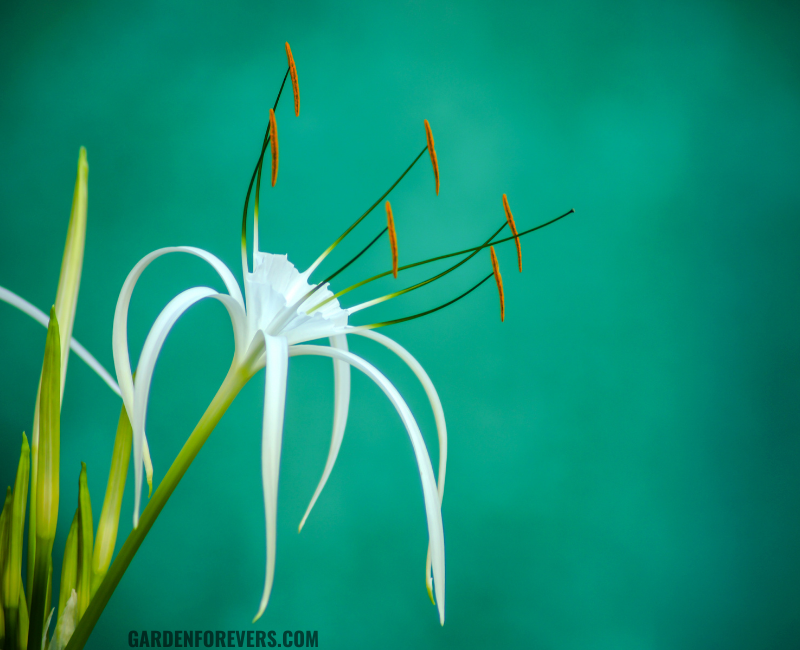
Quick Facts about Spider Lily
- Botanical Name: Lycoris radiata
- Scientific Name: Lycoris radiata (for the common Spider Lily); other species include Hymenocallis and Crinum for different types of Spider Lilies.
- Height: 1 to 2 feet (30 to 60 cm)
- Spread: 6 to 12 inches (15 to 30 cm)
- Sun Exposure: Full sun to partial shade
- Soil Requirements: Well-draining, moist soil;
- pH: Prefers slightly acidic to neutral pH (6.0-7.0)
- Hardiness Zones: USDA zones 6 to 10
- Where It’s Planted: Planted in gardens, borders, and naturalized areas.
- When to Plant: Late summer to early fall for spring blooms.
Spider lilies, known for their unique, delicate blooms, are a beautiful addition to any garden. These striking flowers, characterized by their spidery petals, come in various colors such as white, red, and blue varieties. It can add an exotic touch to your garden or indoor plant collection.
This article provides a guide on how to grow and care for this beautiful plant covering everything from planting and propagation to understanding the different types of it and caring for them after they bloom.
Types of Spider Lily

There are several types of spider lilies, each with unique characteristics. The most popular types include:
Red Spider Lily: These are known for their vibrant red flowers, this variety is often associated with cultural symbolism, especially in Japan.
White Spider Lily: These lilies have stunning white flowers and are often called “Peruvian daffodils.” They are typically more fragrant than other varieties.
Blue Spider Lily: These types of lilies are although rare and often mistaken for other species, the blue one has a unique charm with their delicate blue petals.
Understanding the types of spider lilies is essential for choosing the right variety for your garden and each type may have slightly different care requirements.
Planting Spider Lillies Bulbs
Spider lily bulbs are the foundation of growing healthy plants. The timing and technique of planting spider lily bulbs are important for successful growth.
When to Plant Spider Lily Bulbs
The best time to plant spider lily bulbs is in late summer to early fall. Planting during this period allows the bulbs to establish roots before winter, leading to more robust growth in the spring. The specific timing can vary based on your climate, but aim for a period when the soil is warm yet the hottest days of summer have passed.
How to Plant Spider Lily Bulbs
Choose the Right Location: Spider lilies prefer a sunny to partially shaded location. If you’re planting in a garden, ensure the spot receives at least 4-6 hours of sunlight daily.
Prepare the Soil: Spider lilies thrive in well-draining soil. Amend heavy soils with compost or sand to improve drainage. The ideal soil pH should be slightly acidic to neutral (6.0-7.0).
Planting Depth and Spacing: Dig holes about 2-3 inches deep for each bulb, with the pointed end facing up. Space the bulbs 6-8 inches apart to allow room for growth.
Watering: Water the bulbs thoroughly after planting to help settle the soil and initiate root growth. Be cautious not to overwater, as spider lily bulbs are prone to rot in soggy soil.
Requirements for Proper Growth:
Proper growth of a plant depends on properly maintaining the right balance of light, water, temperature, and humidity. It can ensure the right caring and blooms.
Light Requirements
Spider lilies require bright, indirect light to thrive.
They can tolerate full sun, especially in cooler climates but too much direct sunlight in hotter areas can scorch their leaves. When planting it outdoors, choose a location with morning sun and afternoon shade. For indoor plants, place them near a window with filtered light.
Soil requirements
Well-draining soil is important for spider lilies. They do well in loamy or sandy soils that retain some moisture without becoming waterlogged. You can enhance soil quality and drainage by adding organic compounds like compost. It ensures that your plant has the nutrients they need.
Watering Needs
It prefers consistently moist soil but does not like to sit in water. Water the plants regularly, especially during the growing season, keeping the soil evenly moist. Reduce watering in the winter when the plant is dormant. For indoor plants, water when the top inch of the soil feels dry to the touch.
Temperature and Humidity
This plant thrives in warm temperatures between 60°F and 75°F (15°C to 24°C). They are sensitive to frost, so if you live in a region with cold winters, it’s best to plant them in pots that can be moved indoors. These plants prefer moderate humidity levels, making them well-suited for most indoor environments. If you live in a dry climate, consider using a humidity tray or misting the plants occasionally.
Pruning Spider Lilies
Pruning is not typically necessary for spider lilies, but removing spent blooms and dead foliage can help maintain the plant’s appearance and encourage new growth. Use clean, sharp scissors or pruning shears to cut off the flower stalks after the blooms have faded. Be careful not to remove the leaves, as they continue to photosynthesize and provide energy for the next blooming cycle.
Potting and Repotting Spider Lilies
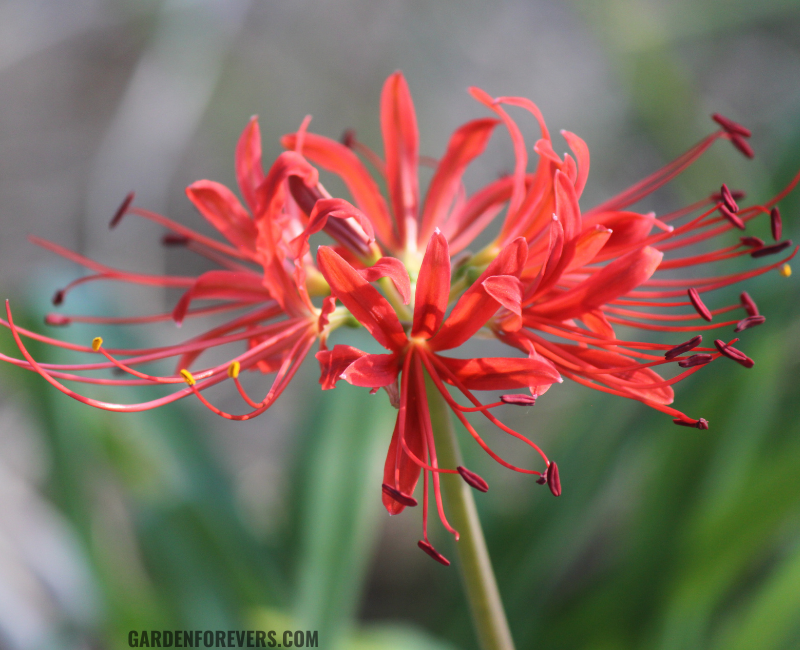
Spider lilies can be grown in pots or directly in the garden. When planting in pots, choose a container with good drainage and enough room for the bulbs to grow. Use a well-draining potting mix and plant the bulbs at the same depth as you would in the ground.
Repotting this plant should be done every 2-3 years or when the plant outgrows its pot. Repotting provides fresh soil and space for growth, promoting healthier plants and more vibrant blooms.
Propagating Spider Lilies
Propagating the plant can be done through bulbs, seeds, or division. Here’s how you can propagate your plant using each method:
Propagation by Bulbs
Spider lily bulbs naturally multiply over time. To propagate through bulbs, wait until the plant has finished blooming and the foliage has died back. Carefully dig up the bulbs, separate the offsets (small bulbs), and replant them in a new location or pot.
Propagation by Seeds
Spider lily seeds can be collected after the flowers have bloomed and faded. Sow the seeds in well-draining soil and keep them in a warm, bright location. It may take several weeks for the seeds to germinate, and several years for the new plants to mature and bloom.
Propagation in Water
Spider lily propagation in water is possible by placing a bulb in a container with water just touching the bottom of the bulb. Keep the container in a bright, warm location and change the water regularly to prevent mold or rot. Once roots develop, the bulb can be transplanted into soil.
Related
Common Problems with Spider Lilies
Like any plant, spider lilies can encounter a few common problems. Understanding these issues and how to address them is key to maintaining healthy plants.
Yellowing Leaves
Yellowing leaves are often a sign of overwatering or poor drainage. Check the soil moisture and ensure the plant is not sitting in water. Adjust watering habits as needed.
Lack of Blooms
Spider lilies may not bloom if they are not getting enough sunlight or if the bulbs are planted too deep. Ensure the plants are in a location with adequate light and that the bulbs are planted at the right depth.
Pests and Diseases
Spider lilies are relatively pest-resistant, but they can occasionally attract aphids, spider mites, or snails. Regularly inspect your plants for signs of pests and treat them with insecticidal soap or neem oil if needed. Fungal diseases can occur in overly moist conditions, so ensure good air circulation and avoid overwatering.
Caring for Spider Lilies After Blooming
After spider lilies have finished blooming, continue to water and care for the plant as usual. Do not cut back the leaves immediately after flowering, as they are essential for photosynthesis and store energy for the next season’s growth. Allow the foliage to die back naturally before removing it. In colder climates, consider mulching the area around the bulbs to protect them from frost during winter.
Spider lilies are a beautiful and exotic addition to any garden or indoor space. With their unique blooms and relatively easy care requirements, they can bring a touch of elegance and intrigue to your plant collection.
You should try to provide the right light, soil, and water conditions to ensure proper care of your plant. And keep an eye out for common problems to enjoy the beauty of spider lilies in your home or garden.
FAQ
Are spider lilies poisonous?
Answer: Yes, they are considered toxic to both humans and pets if ingested. All parts of the plant, particularly the bulbs, contain lycorine, an alkaloid that can cause vomiting, diarrhea, and other symptoms if consumed. Keep spider lilies out of reach of children and pets, and wear gloves when handling the bulbs.
How long do spider lilies take to grow?
Answer: Each bulb of every plant produces up to four stems. These may sprout from late August to October, then it takes almost seven days to group over a foot.
When do spider lilies bloom?
Answer: The flowers bloom in the late summer and early fall.
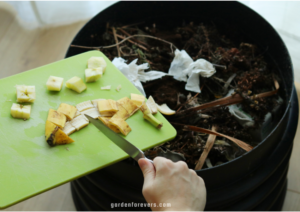
How to Prepare Organic Fertilizer from Kitchen Waste
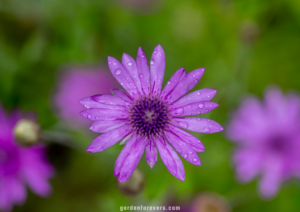
Flowers that start with x | Xeriscaping With Style

What do carrot sprouts look like When They Start to Grow?
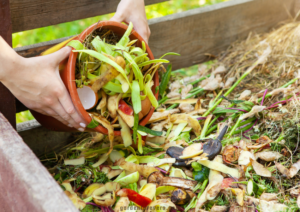
How To Make Your Best Homemade Fertilizer for Indoor Plants

How to Grow and Care for Lipstick Plant
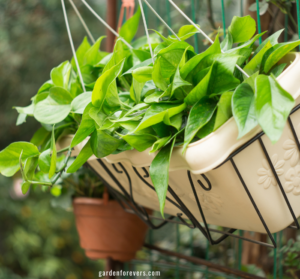


How to grow and care for alocasia wentii

How to Prevent and Solve ZZ Plant Problems and Toxicity





